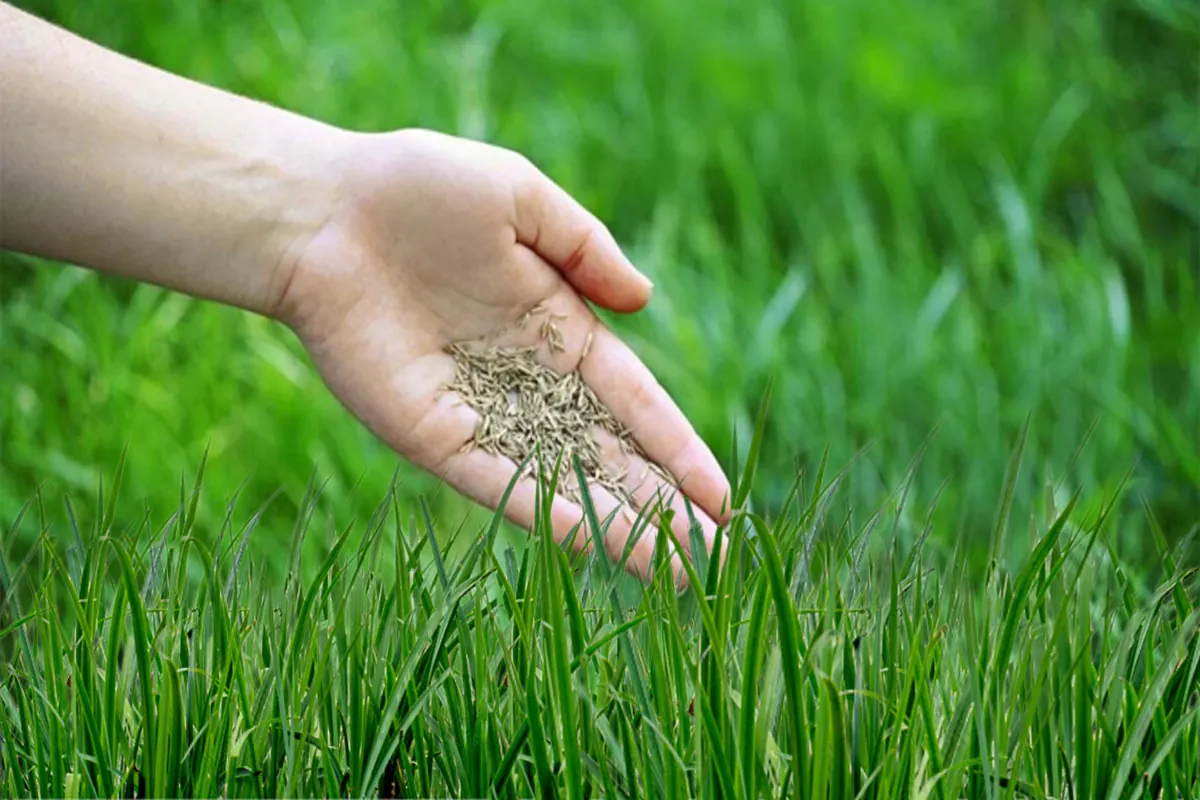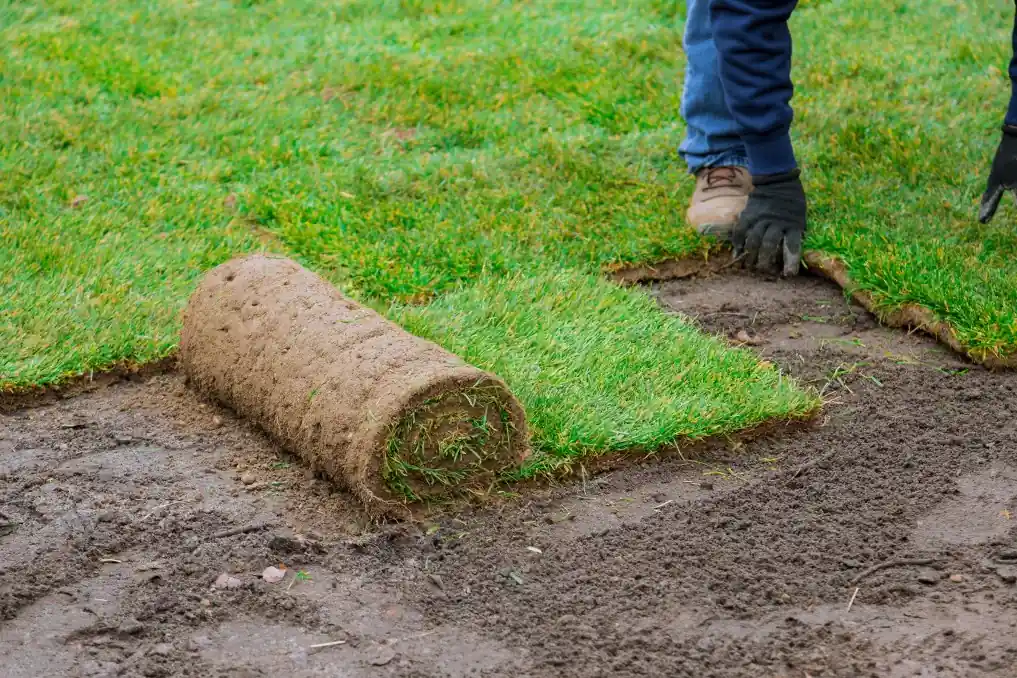Creating a lush, green lawn is a top priority for many homeowners and landscapers, but deciding between grass seed and sod can be confusing. Both options offer ways to establish a beautiful lawn, yet they differ greatly in cost, speed, maintenance, and results. This guide will walk you through every aspect of grass seed vs sod to help you make the right choice for your yard, timeline, and budget.
What Is Grass Seed?
Grass seed refers to a blend of seeds chosen for your region’s climate and soil type. It’s the more traditional method of starting a lawn and offers a wide selection of grass varieties, from cool-season grasses like fescue and Kentucky bluegrass to warm-season grasses such as Bermuda and Zoysia.
Planting grass seed involves:
-
Preparing the soil
-
Spreading seed evenly
-
Applying mulch or straw for moisture retention
-
Watering consistently until germination
The germination timeline varies, typically taking 7 to 21 days, and full establishment may take several months depending on climate and care.

What Is Sod?
Sod is pre-grown grass that comes in rolls or slabs, complete with roots and a thin layer of soil. It’s harvested from sod farms and installed on prepared ground to give the appearance of an instantly complete lawn.
Installing sod involves:
-
Leveling and clearing the soil
-
Rolling out sod like carpet
-
Watering heavily for the first two weeks
-
Allowing roots to take hold over the following 2–3 weeks
Sod delivers a near-instant green space, but root establishment is key before any heavy use.

Cost Comparison
When comparing cost, grass seed is significantly cheaper upfront:
-
Grass seed: $0.10 – $0.30 per sq. ft.
-
Sod: $0.50 – $1.00 per sq. ft.
Labor also differs:
-
Seeding is DIY-friendly and less intensive
-
Sod may require professional installation due to weight and precision
However, grass seed may incur higher maintenance costs early on (watering, reseeding, weed control), while sod has fewer immediate maintenance needs.
Verdict: Choose seed if budget is tight and time allows for slower growth. Opt for sod if immediate results justify the extra expense.
Installation and Labor
Grass Seed:
-
Requires soil tilling, grading, and seeding
-
Needs mulch or erosion control
-
DIY is manageable for small to medium lawns
Sod:
-
Demands precise soil preparation
-
Must be installed immediately after delivery
-
Rolls are heavy and time-sensitive
Labor Intensity: Sod installation is more physically demanding and often requires a crew. Seeding is less intense but longer-term.
Time to Establish and Usability
Grass seed takes weeks to months before you can mow or walk on it safely. The early stages are delicate, and results depend heavily on weather, watering, and care.
Sod is usable within 2–3 weeks if properly watered. In many cases, it looks complete on day one but shouldn’t be walked on until roots establish.
Verdict: For speed and functionality, sod wins. For those with patience, seed can be equally effective over time.
Maintenance Requirements
Grass Seed:
-
Requires frequent watering (1–2 times per day initially)
-
Higher risk of weed invasion early on
-
May need re-seeding for patchy areas
Sod:
-
Needs intensive watering the first 2 weeks
-
Lower weed risk due to dense, farm-grown turf
-
Generally less maintenance at first
Over time, both require mowing, fertilizing, and seasonal care, but sod gives a head start with fewer early issues.
Appearance and Quality
Sod:
-
Offers instant curb appeal
-
Uniform color and thickness
-
Professionally cultivated for quality
Grass Seed:
-
May look patchy at first
-
Final appearance depends on care and conditions
-
Allows for custom grass types suited to your soil and sun/shade balance
Verdict: Sod provides immediate visual results. Seed offers long-term flexibility and customization.
Longevity and Durability
Once established, both seed-grown lawns and sod can last for decades with proper maintenance.
-
Grass seed can be more adaptable to your soil and may develop deeper roots over time.
-
Sod has excellent initial durability but may struggle if poorly matched to your climate or soil type.
Proper watering, mowing, and aeration are key to longevity for either method.
Best Use Cases for Each Option
Grass Seed Is Ideal When:
-
Budget is limited
-
You have time to wait for growth
-
You want more control over grass type
-
You’re covering a large area
Sod Is Ideal When:
-
You need instant results
-
You’re preparing a property for sale
-
You’re battling erosion or runoff
-
You have a small lawn or high-traffic area
Environmental and Regional Considerations
-
Seed has a lower carbon footprint and is more environmentally friendly due to minimal transportation and packaging.
-
Sod involves farming, harvesting, shipping, and replanting—more energy-intensive.
Region matters:
-
In hot, dry climates, sod offers faster coverage to prevent erosion.
-
In cooler or wetter areas, seed might thrive better with less water stress.
Grass Type Compatibility
-
Grass seed offers far more options—you can choose blends tailored to soil pH, sun exposure, pet use, or drought resistance.
-
Sod is limited to what’s available locally and may not always match your long-term lawn goals.
Matching an existing lawn? Seed may be the better route to ensure consistency.
Common Myths and Misconceptions
-
“Sod is always better.” Not true—it depends on your needs, budget, and patience.
-
“Grass seed is too difficult to grow.” With proper prep and care, seed is highly effective.
-
“Sod is maintenance-free.” False—sod requires careful watering and rooting just like any plant.
Avoiding unrealistic expectations is key to lawn success.
Grass Seed vs Sod: Pros and Cons Table
| Feature | Grass Seed | Sod |
|---|---|---|
| Cost | Low | High |
| Speed | Slow to grow | Instant appearance |
| Labor | DIY-friendly | Heavy, may require professionals |
| Maintenance | High early on | Moderate early on |
| Appearance | Gradual improvement | Immediate curb appeal |
| Durability | Strong long-term | Strong short-term |
| Variety | High (many grass types) | Limited to local sod options |
| Environmental | Lower footprint | More resources needed |
Final Verdict: Which One Is Right for You?
Choosing between grass seed vs sod depends on your specific needs:
-
Go with grass seed if you’re patient, budget-conscious, and want more control over your lawn’s final look.
-
Choose sod if you need a fast, professional-looking lawn with minimal early hassle.
Both methods can deliver beautiful, healthy lawns it’s all about what works best for your timeline, climate, and goals.
Still Not Sure Which Option Is Right? Let’s Talk
Choosing between grass seed and sod can be tough but you’re not alone. At Advanced Driveway Solutions, we offer expert advice tailored to your property’s needs, budget, and local conditions. Whether you’re starting fresh or revamping your outdoor space, contact us today for trusted guidance and professional support.
